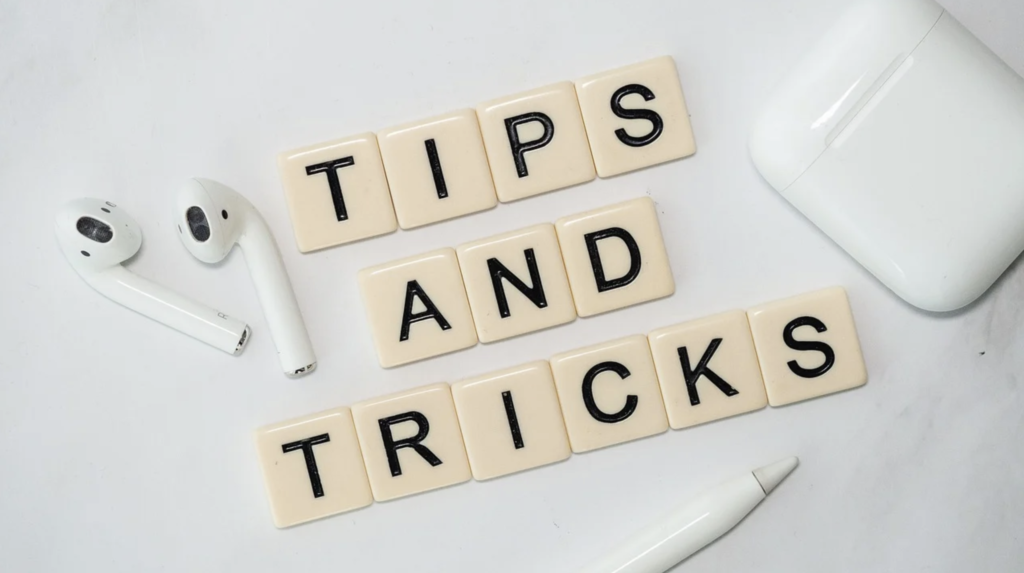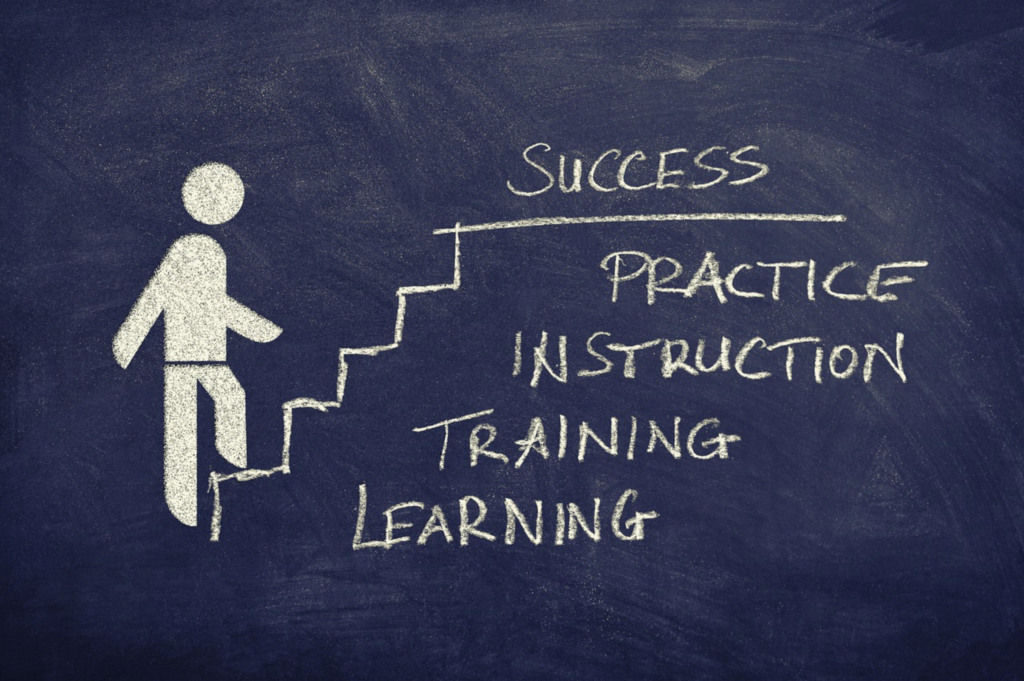Interviews and focus groups are two of the most common forms of data collection in qualitative research. Among our dissertation consulting clients who are completing qualitative dissertations, almost all of them include interviews as a primary source of data for their studies. Focus groups can also be used as a primary data source, but more often they serve as a supplemental data source when triangulation is important.

Triangulation refers to a step in qualitative analysis where you assess the degree of convergence or divergence across multiple sources of data. This basically means that you’re looking at areas of similarity and difference between data sources like interviews, focus groups, observations, or documents. Such use of triangulation is common for qualitative studies that use the case study design, which is very popular with our dissertation assistance clients.
If you are thinking about conducting interviews or focus groups (or both) for your own dissertation, there is much to learn. Conducting an interview may not sound too complicated, but in truth, interviewing for purposes of research is really not as easy as many people think. Completing high-quality interviews requires specific knowledge, skills, and preparation (Adams, 2015). In this article, we’ll provide you with coaching on how to conduct individual interviews and focus groups, and we predict that you’ll be interviewing like a pro in no time!
Unstructured, Semi-Structured, and Structured Interviews
Before we get into the how-to segment of this article, let’s first talk about interview structure. For both individual interviews and focus groups, it is important to select an appropriate structure for the interview process. Qualitative research involves three main choices: unstructured, semi-structured, and structured interviews (Gill et al., 2008).
By far, the most commonly used among our dissertation consulting clients—and qualitative researchers in general—is the semi-structured interview. When following a semi-structured approach, you work from an interview protocol that contains a core group of questions. In between these core questions, though, you have the freedom to ask participants to say more about interesting thoughts that come up. These impromptu questions are called “probe” or “prompt” questions. Probe questions are what put the “semi” in semi-structured because they allow you to veer from the core questions to pursue new but relevant avenues of thought with participants.

As for interview question structure in qualitative research, open-ended questions are key to obtaining in-depth responses from participants. Keep in mind that the results of your qualitative analysis will answer your research questions much more informatively if you draw out detailed responses during interviews. So, avoid using questions with a yes/no or multiple-choice format unless you plan to follow these immediately with an open-ended probe question (Adams, 2015). For example, you might ask a closed-choice question like, “Do you feel that the schoolwide intervention was successful?” Then, as this is a yes/no question, you would need to follow with an open-ended probe question like, “What makes you feel that way?”
Compared with the semi-structured approach, a structured format is used much less often by our dissertation assistance clients who are conducting qualitative research. In contrast to the semi-structured interview, the structured interview does not allow for deviation from the interview protocol at all, and the questions are typically closed-choice. In other words, a structured interview is essentially a survey that you administer verbally with participants (Gill et al., 2008). This doesn’t lend itself well to qualitative analysis because the data are essentially numerical.
On the other end of the spectrum is the unstructured interview, which may be guided by just a couple of general questions. Our dissertation consulting clients have had great success using this approach in explorations of topics that are not very well understood. Or, an unstructured interview might be helpful if one aim of your dissertation is to empower participants to share their stories as they choose. Because most of our dissertation assistance clients use the semi-structured approach, our discussion to follow will be fashioned around this structure.

When Are Individual Interviews a Good Idea?
Both interviews and focus groups are great ways of obtaining the in-depth perspectives from participants that are needed for qualitative research and analysis. Each type of interview has its unique advantages, however. Individual interviews may be ideal for situations when you want to understand the following:
- Depth of individual experiences: In the individual interview, each of your participants has “the floor” for the full duration of the interview. This means that you’ll have the opportunity to learn about each person’s experiences and perspectives in great detail.
- Variety of experiences: Because you have the chance to go into such great depth with each participant in individual interviews, you will have the chance to learn about different viewpoints or experiences (Adams, 2015). Although areas of difference or disagreement may be discussed in focus groups, the individual interview permits more in-depth exploration of diverse perspectives and the experiences that are associated with these viewpoints.
- Sensitive topics: If you are exploring experiences that people might not be comfortable discussing in groups, our dissertation coaches suggest that the individual interview is the way to go. The private, individual context may help to set your dissertation participants at ease when discussing traumatic or embarrassing experiences, perspectives where social desirability pressures are high, or topics that are highly charged or socially polarizing.

When Are Focus Groups a Good Idea?
Our dissertation consulting clients often wonder how focus groups differ from individual interviews. Focus groups usually include 6-10 participants, and a unique feature of focus groups emerges from the interactive processes between your dissertation participants. The group dynamics help to create synergistic effects that result in particularly insightful ideas or interpretations, as group members play off one another (Wilson, 2012). You’ll find that focus groups work really well when you wish to:
- Generate new ideas or insights: Group discussion is great for stimulating new ideas or insights on your dissertation topic, as the interaction between participants helps to spark collaborative interpretations that individuals may not come up with on their own.
- Solicit evaluations or critiques: Participants may feel more comfortable providing evaluative or critical feedback (e.g., on interventions, programs, policies) in a group setting.
- Draw out attitudes and opinions: Focus groups help to draw out your dissertation participants’ attitudes and opinions through interaction that includes sharing anecdotes, joking around, or even arguing (Doody et al., 2013). This is particularly so when members are sufficiently similar to have something of a shared background. This type of group context may create a sense of confidence to express viewpoints that participants might not share in individual contexts.

General Interviewing Tips
If conducting individual interviews or focus groups for qualitative research, you will draw upon the same foundational interviewing skills. Our dissertation coaches suggest that there are additional requirements when conducting focus groups, however, and we will discuss these separately in the next section. First, we’ll review the essentials of interviewing in a general sense:
- Break the ice: To help your dissertation participants settle in, it’s a nice idea to start the interview with one or two softball questions that aren’t central to your topic (e.g., How long have you worked here?). You only have so much time for data collection, however, so don’t spend too much time on introductory questions.
- Present yourself as friendly but professional: Your body language, facial expressions, and manner of speaking with dissertation participants should strike a perfect balance between friendly and professional—making practice videos of yourself can help with fine-tuning in this area as well! You want to communicate openness and interest in participants without going overboard and becoming too familiar. On the other hand, you should act professionally without coming across as stiff, cold, or distant.
- Communicate visually that you are listening: In line with the above, it helps to use body language and facial expression to show your dissertation participants that you are listening. For example, our dissertation coaches suggest making eye contact and nodding clearly, as this indicates that you are paying attention. This encourages participants to share more, and of course, it’s just respectful.
- Use reflective listening: Our dissertation consulting clients who work in clinical practice settings surely know that using reflective listening is a great way of maintaining a connection with an individual while also staying neutral. Applying reflective listening to qualitative research interviews is also very helpful. A mistake that is easy for novice qualitative researchers to make is agreeing with things that participants say. This is a natural response, but it is a big no-no! This is because agreeing (or disagreeing) can bias the participant’s subsequent responses, and bias is the mortal enemy to trustworthiness in qualitative research. So instead, use one of the four types of reflective listening: clarifying, paraphrasing, reflecting feelings, and summarizing (Doody et al., 2013). In some cases, you might follow up with a probe question; however, this is not always necessary. The table below provides examples.
Reflective Listening Types
Clarifying
Example: You’ve mentioned that the environment was chaotic, but I’m not sure if I understand the factors that influenced this. Can you explain this in another way perhaps?
Paraphrasing
Example: From what you describe, it sounds as though you didn’t like the program because the counselors seemed critical and judgmental. [probe] Can you tell me a little more about what made you feel that way?
Reflecting feelings
Example: It sounds like that was a very troubling experience for you.
Summarizing
Example: To sum up, you would recommend a combination of awareness training, disaster response planning, and environmental maintenance. [probe] Is there anything else that you would suggest?
- Treat people as though they are experts: By the time you get to your 10th interview, you’ll definitely start hearing some of the same ideas come up over and over. We always remind our dissertation consulting clients that this is a good thing, as it indicates that you are approaching data saturation. It will help to remember that you should treat your dissertation participants as experts, as though they are telling you something new. If you project a “Yeah, I’ve heard that one before” vibe, participants are likely to clam up. Then, you might miss out on subtle differences or variations in experiences they might share. Plus, it’s just impolite, and you want to show respectful appreciation for your participants.
- Be ready with probe questions: Some dissertation participants may tend to be rather brief in their responses, and so it helps to be ready with a variety of probe questions to get them talking. Listen for interesting or unusual perspectives, and encourage elaboration with probes like, “Tell me more about that,” or “Can you explain what made you think that?”
- Help your dissertation participants to open up: For questions where people might feel pressure to respond in socially desirable ways, you can encourage openness by acknowledging that other people have various opinions (Adams, 2015). This may help to normalize viewpoints that dissertation participants might feel inclined to deny. For example, you can say something like, “Some people think that…” and then follow with a probe like, “What are your feelings about this?”
- Feel free to meander: Our dissertation coaches always recommend referring to your protocol during interviews, but it is not important that you follow the sequence of questions exactly. Feel free to skip around as it makes sense for each interview. It’s totally OK to allow participants to meander into new areas if they are in some way related to your dissertation topic. This can be helpful in gaining insights into new or unexpected aspects of your topic, which is one of the great uses of qualitative research (Adams, 2015).

Facilitation Tips for Focus Groups
Many novice qualitative researchers think that focus groups are just individual interviews conducted with a group, but there are notable differences. Instead of asking every group member each question from your interview protocol, you use the questions to help spur conversation between dissertation participants in the group. Your role as the facilitator is to manage group dynamics to keep the flow of discussion moving, to keep discussion relevant, and to ensure that everyone gets the chance to chime in. Performing effectively as a facilitator requires some preparation and training (Wilson, 2012). Here are some tips for promoting a productive group process:
- Duration: Focus groups should be 1-2 hours in length. This is long enough to draw out plenty of insights without running the risk of exhausting your participants (Doody et al., 2013).
- Explain ground rules up front: Before starting the focus group, make sure you set some basic ground rules to keep the group productive. To keep the discussion intelligible, only one dissertation participant should speak at a time. It may help to remind group members that they should be honest but also show respect to one another. It is acceptable to disagree or even debate, but this should be done with civility.
- Manage the dominant talkers: Some people love to talk and tend to dominate discussion in groups. Although such individuals may have a wealth of information to share, the point of focus groups in qualitative research is to generate ideas through interaction. Our dissertation coaches suggest that if you encounter dominant talkers, politely state that you appreciate their perspectives but would like to hear from others in the group. Then ask other group members to offer their viewpoints on the topic at hand.
- Encourage quieter members to share: On the other hand, some people tend to be more reserved, even when they have something to contribute. Pay attention to nonverbal cues that quieter individuals might have something to say, and make a point to specifically ask them if they have thoughts to share on the question.
- Prompt interaction: Remember that you want your dissertation participants to talk to each other in focus groups, as this helps to stimulate the flow of ideas. To facilitate interaction, suggest that people offer thoughts or opinions on specific ideas that other dissertation participants have shared (Doody et al., 2013). For example, you might say something like, “Sharon suggested that the class helped her to develop her networking skills. What do others think about this?”
- Redirect when people go off topic: Although a vibrant discussion helps to generate rich data in focus groups, sometimes it can also lead dissertation participants off on tangents. Your job as the facilitator is to determine when those tangents are relevant and when it’s time to rein participants in a bit. It’s great for group process to allow a bit of chitchat, but you only have so much time to collect your data. So, recognize when the discussion has gone too far astray, and politely refocus the group on the current or next question.

Final Thoughts
As the above illustrates, conducting interviews and focus groups for qualitative research definitely requires some know-how. When done in a haphazard way, interviews and focus groups can yield poor-quality, biased data that might even be unusable. When completed skillfully, though, these forms of data collection can yield a wealth of insights on your dissertation topic. Practice can help enormously in getting yourself ready to conduct interviews, and dissertation coaching can also come in handy if you’re feeling a little wobbly as a novice interviewer. We’re here to help with this crucial step in your dissertation if you need us, and please feel welcome to reach out any time!
References
Adams, W. C. (2015). Conducting semi-structured interviews. In K. E. Newcomer, H. P. Hatry, & J. S. Wholey (Eds.), Handbook of practical program evaluation (4th ed., pp. 492-505). Wiley. https://doi.org/10.1002/9781119171386
Doody, O., Slevin, E., & Taggart, L. (2013). Preparing for and conducting focus groups in nursing research: Part 2. British Journal of Nursing, 22(3), 170-173. https://doi.org/10.12968/bjon.2013.22.3.170
Gill, P., Stewart, K., Treasure, E., & Chadwick, B. (2008). Methods of data collection in qualitative research: Interviews and focus groups. British Dental Journal, 204(6), 291-295. https://doi.org/10.1038/bdj.2008.192
Wilson, V. (2012). Research methods: Focus groups. Evidence Based Library and Information Practice, 7(1), 129-131.